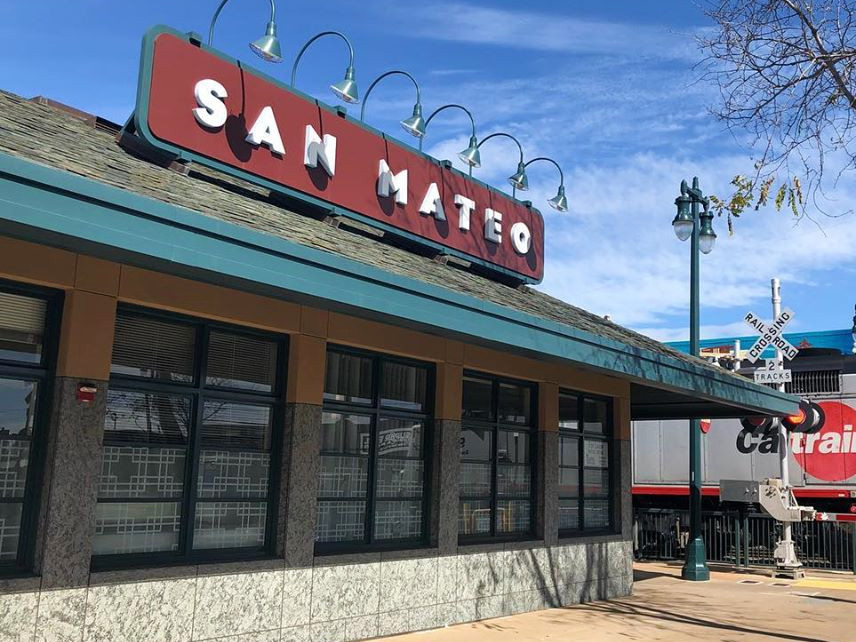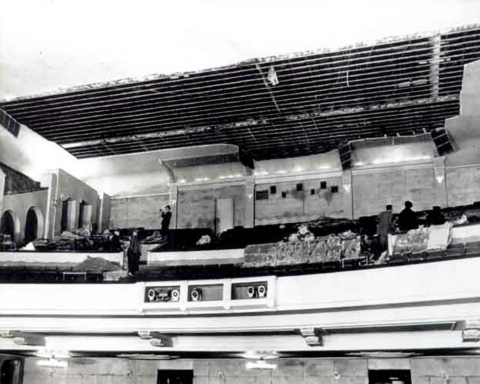Three San Mateo residents are pursuing a ballot initiative they believe can address the city’s housing needs without altering the existing density and character for the vast majority of the city’s neighborhoods.
The proposal by Rich Hedges, Nicole Fernandez and Alan Talansky aims to extend current voter-approved height limits for an additional 10 years for most neighborhoods, including those primarily populated by single-family homes, while allowing for “smart growth” development around the city’s three Caltrain stations. The initiative will also include provisions that remove barriers to affordable housing projects.
Today, the trio of citizens submitted a notice of intent to circulate a ballot initiative to the city clerk entitled, “City of San Mateo Neighborhood Protection/Housing Opportunity and Affordability Act.” The initiative requires signatures from 10 percent of San Mateo registered voters to qualify for the November ballot.
Hedges, a 50-year city resident and community advocate, called the initiative a “compromise measure that will protect our single-family neighborhoods and small-town feel, while also allowing the city to address our need for new housing.”
Distinct planning areas around Caltrain stations would allow elected council members and the community flexibility in exploring transit-centered development, according to proponents of the initiative. Height limits approved by San Mateo voters in 1991 and extended in 2004 are out of date, they argued, as the city has since grown by about 20,000 residents and become a magnet for businesses.
“This initiative is critical to our city’s ability to address the housing crisis, traffic congestion, and impacts on greenhouse gas and climate change,” Hedges said.
The citizen-driven effort has drawn support from San Mateo-based Housing Leadership Council (HLC), which states council members and the voters who elect them should have the ability to change restrictive zoning to meet housing demand.
“We need thousands of homes now to meet our current needs, and that does not include the babies being born today or the new people moving in to work in this thriving community,” said HLC Executive Director Evelyn Stivers. “Without addressing the exclusionary height restrictions of our past, the City will continue to contribute to terrible traffic on 92 and 101, displacement throughout the region, and rising homelessness.”
Should the initiative qualify for the November ballot, it would go up against a competing measure that seeks to extend Measure P height and density limits for all the city, including transit corridors.
Photo Credit: City of San Mateo






